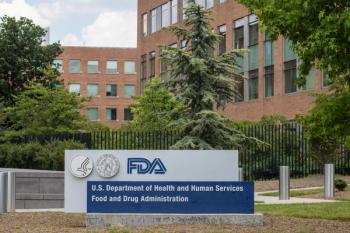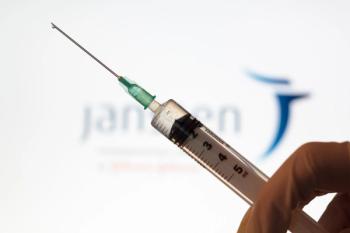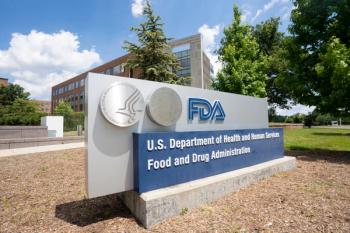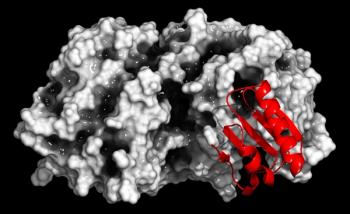
Pharmacist ICU Involvement Reduces Hospital Costs, Adverse Events
Involving pharmacists in the intensive care unit reduces adverse events and costs for patients who receive continuous veno-venous hemofiltration.
When pharmacists are included in intensive care unit (ICU) teams, adverse drug events (ADEs) and hospitalization costs are reduced among patients who receive continuous veno-venous hemofiltration (CVVH), according to a paper published online in the European Journal of Internal Medicine.
In the study, a group of researchers from Zhejiang University in Hangzhou, China, examined 93 patients who underwent CVVH in an ICU between January 2012 and June 2012. For comparative purposes, the investigators also studied a control group of 87 critically ill patients who received CVVH without a pharmacist intervention between July 2012 and December 2012.
According to the researchers, all of the patients had been admitted to the ICU, were diagnosed with acute kidney injury (AKI) or chronic kidney disease (CKD), underwent CVVH therapy, received at least 1 antimicrobial therapy, and were aged 18 years or older. Prior to the start of the study, the pharmacists received 2 weeks of training on reviewing patient charts and performing other assessments.
The ICU examined in the study held 33 beds and was staffed by state-certified intensivists, ICU fellows and residents, registered nurses, respiratory therapists, full-time critical care pharmacists, and pharmacy residents. The researchers collected data on the patients’ length of stay, mortality, hospitalization costs, and the occurrence of ADEs in the ICU.
ADEs were evaluated based on preventability, causality, and severity, with preventable ADEs defined as any injury associated with medication errors. ADEs that resulted in “death, a life-threatening condition, initial or extended hospitalization, persistent or significant disability, cancer, and congenital abnormalities,” were defined as significant and included in the study, while all other errors were defined as mild and not significant, the authors wrote.
In the study, ICU specialists who were blinded to the patients’ pharmacist intervention or control group status examined the participants’ medical records for baseline characteristics, including admission diagnosis, sex, age, weight, renal function, length of CVVH per day, death in the ICU, hospitalization costs, and ADE frequency.
According to the investigators, the ICU pharmacists made a total of 256 dosage adjustment recommendations for the intervention group, 224 of which were implemented by physicians. The most common types of dosage errors included unchanged dosing or incorrect adjustment when CVVH was adjusted from 24 hours per day to less than 24 hours per day; incorrect dosage maintenance for patients undergoing CVVH for 24 hours per day; and unchanged doses when CVVH ceased.
Although the pharmacist intervention and control groups showed similar results on measures of mortality in the ICU and length of stay, greater cost reduction was observed in the intervention group. Additionally, “19 (21.8%) patients (in the control group) had a suspected ADE out of a total of 26 events, (and) this number was significantly lower in the intervention group, which had 11 events in 9 (9.7%) patients,” the authors noted. Of those ADEs, the researchers believed 14 were preventable in the control group, compared to 4 in the pharmacist intervention group.
In light of the improved drug dosing achieved by the pharmacists in the ICU, the researchers concluded that “pharmacist dosing adjustment resulted in cost savings and reduction of ADEs, which may (prompt) hospitals to consider employing clinical pharmacists to take part in the care of ICU patients.”
Newsletter
Stay informed on drug updates, treatment guidelines, and pharmacy practice trends—subscribe to Pharmacy Times for weekly clinical insights.















































































































































































































